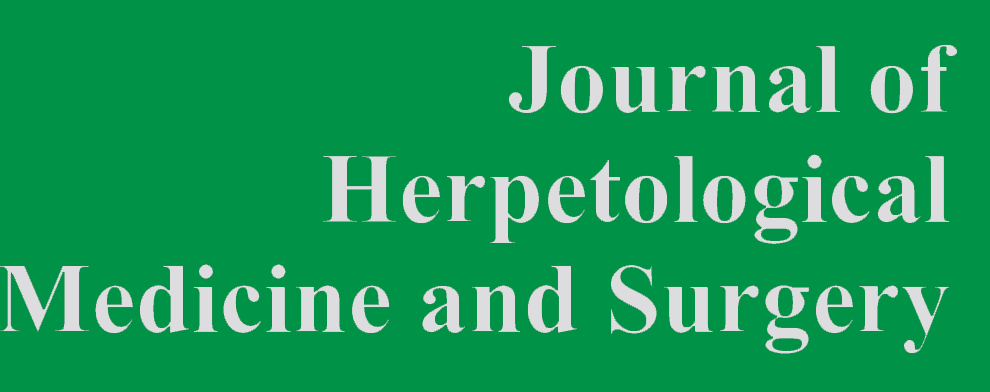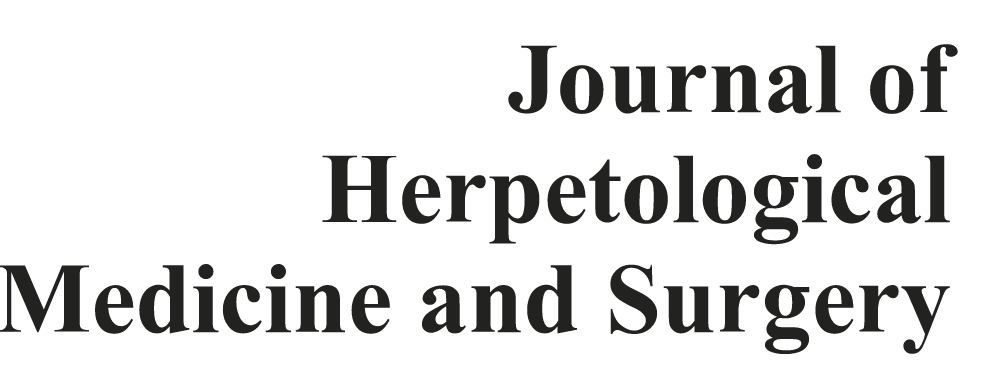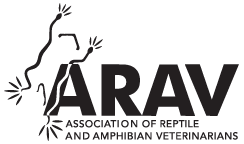Summer and Winter Seasonal Changes in Vitamin D Status of Captive Rhinoceros Iguanas (Cyclura cornuta)
Four long-term captive adult rhinoceros iguanas (Cyclura cornuta) on display at the Dallas Zoo (Dallas, TX) were maintained for several years in an outdoor enclosure in the summer and in a smaller indoor enclosure in the winter. While fully exposed to sunlight and given the opportunity to supplement their diet with live vegetation each summer, they were deprived of the benefits of full sun exposure, including ultraviolet B (UVB) exposure, and they received no dietary vitamin D for several months each winter. Maintained with this protocol, the animals seemed healthy and they reproduced. However, increasing awareness of the important role of UVB in vitamin D–mediated calcium metabolism and the potential health risk of UVB and vitamin D deprivation stimulated us to focus more on seasonal changes in vitamin D status and possible subtle changes in health status throughout winter. From September 2008 to October 2010, an 85% decline in the serum 25-hydroxyvitamin D3 (calcidiol) concentrations was measured over each of two winters, and a half-life of 69 days was estimated for the second winter. A higher vitamin D status (calcidiol) was restored and maintained when the iguanas were outdoors and exposed themselves to 1–2 J of UVB per day, although they may have enhanced their dietary calcium and vitamin D activity by eating cactus fruit, too. Serum calcium and phosphorus concentrations remained higher than published reference values for Cyclura spp. A negative relationship between vitamin D status and voluntary UVB exposure during the summers was discovered, suggesting that the iguanas were regulating, rather than continually maximizing, their vitamin D status at levels lower than those recorded for Cyclura in the tropics. Although the iguanas seemed robust physically, had acceptable calcium and phosphorus blood concentrations, and successfully reproduced throughout the 2 yr monitoring period, we do not recommend extended periods of deprivation of UVB and vitamin D supplementation in winter for rock iguanas until minimally sufficient vitamin D status is more rigorously established.Abstract

Time line of ultraviolet B (UVB) dose (A) and vitamin D status (serum 25-hydroxyvitamin D3 or calcidiol) (B) of four captive rhinoceros iguanas (Cyclura cornuta) maintained as a display group at the Dallas Zoo (Dallas, TX). The group was maintained indoors without artificial UVB or dietary vitamin D from October to April of each year. They were maintained outdoors with access to natural sunlight exposure from April to October of each year. For (A), bars show mean dose; capped lines show 1 SE. For (B), solid symbols show individual values and open symbols show mean; capped lines show 1 SE. Line connecting means shows the seasonal trend.

Voluntary ultraviolet B (UVB) dose as a function of vitamin D status (serum 25-hydroxyvitamin D3 or calcidiol) for each of four rhinoceros iguanas (Cyclura cornuta) maintained as a display group in captivity at the Dallas Zoo (Dallas, TX). The slope of the regression for each individual (b) is negative, indicating that iguanas sought more UVB exposure when their vitamin D status was lower. Slope value (absolute) indicates strength of vitamin D status restoration due to greater voluntary UVB exposure when vitamin D status was lower. For each individual the dose was paired with the vitamin D status value taken close to the time of the dose (e.g., June dose with July draw value or August dose with October draw value).

Percentage of maximum possible ultraviolet B exposure (sun-seeking behavior) as a function of vitamin D status (serum 25-hydroxyvitamin D3 or calcidiol) of four rhinoceros iguanas (Cyclura cornuta) maintained as a display group in captivity at the Dallas Zoo (Dallas, TX). For each individual, the percent values for the four summer observation periods (two each in 2009 and 2010, respectively) were averaged, as were the vitamin D status values for the two subsequent October blood draws (2009 and 2010).

Natural log of the absolute slope value (strength of vitamin D status restoration from Fig. 2) as a function of average October vitamin D status for four rhinoceros iguanas (Cyclura cornuta) maintained as a group in captivity at the Dallas Zoo (Dallas, TX).



